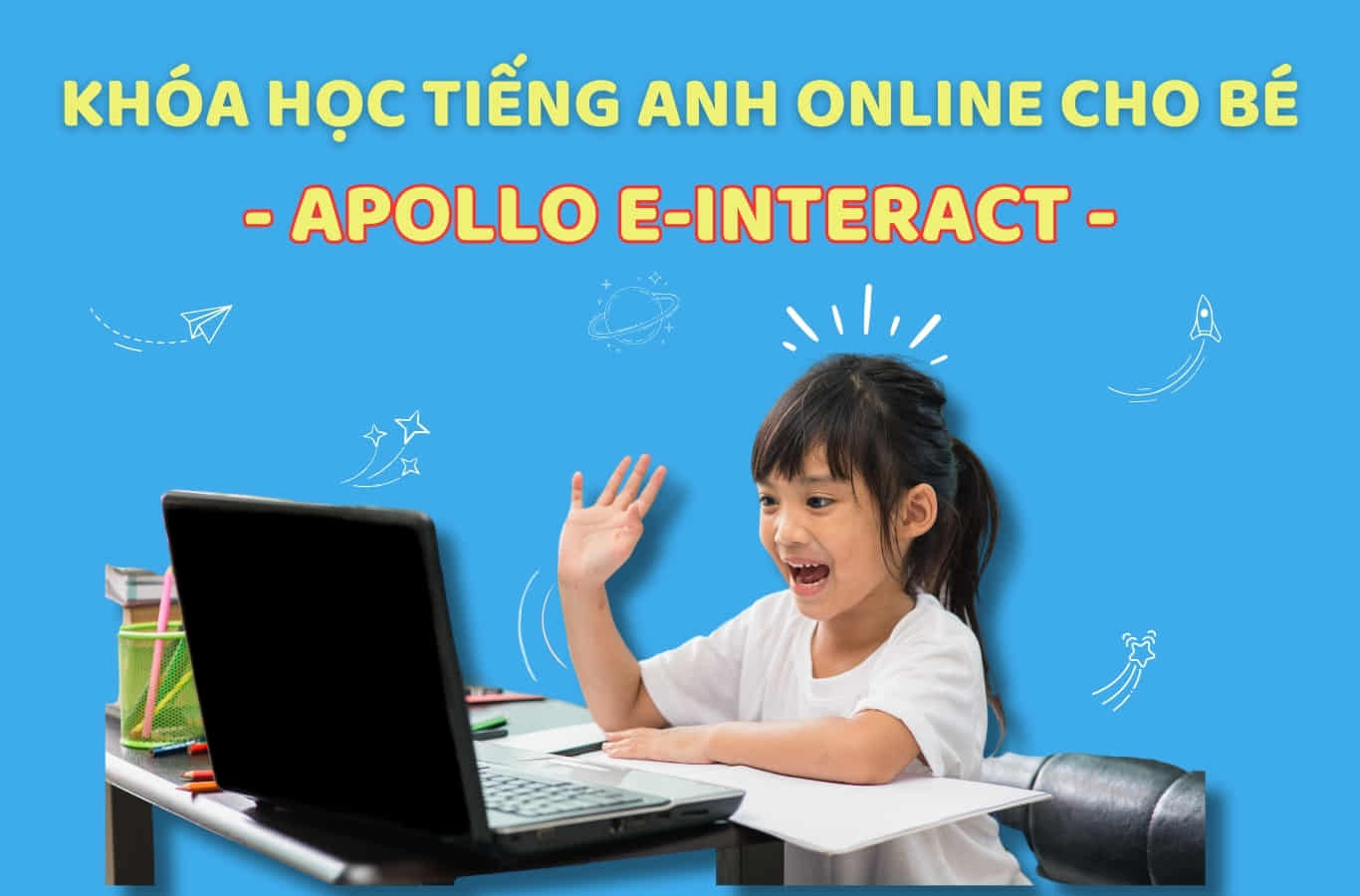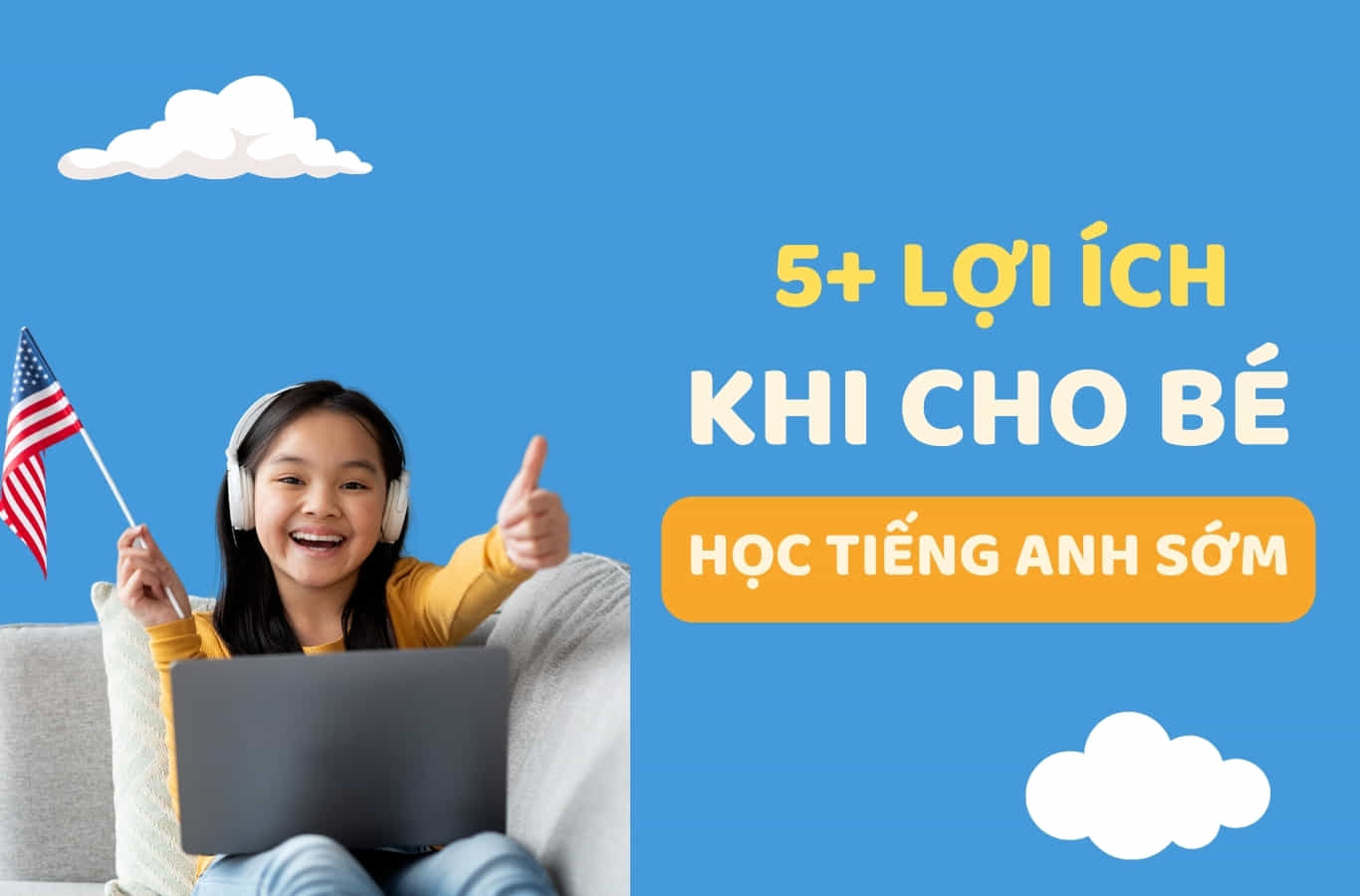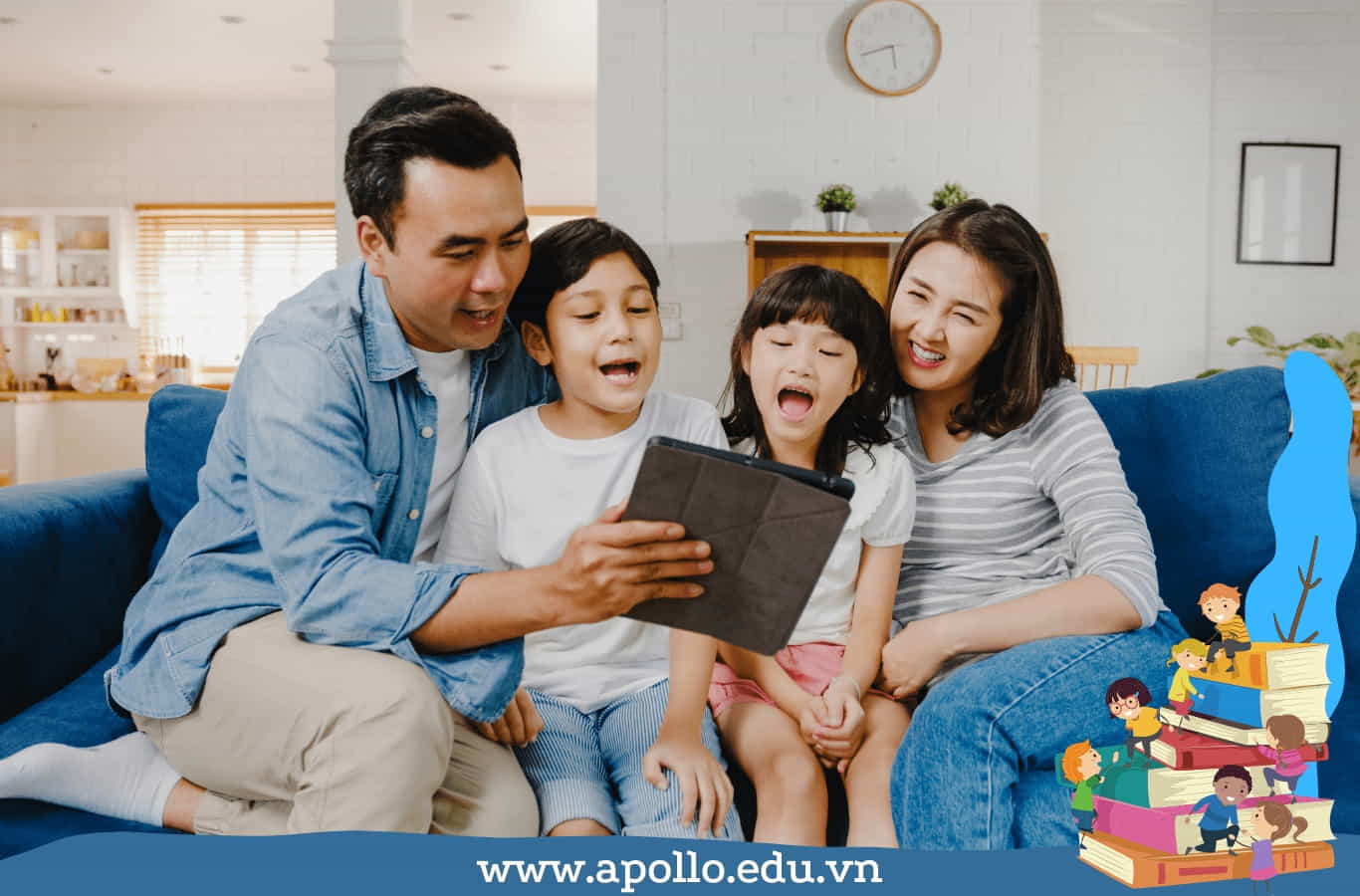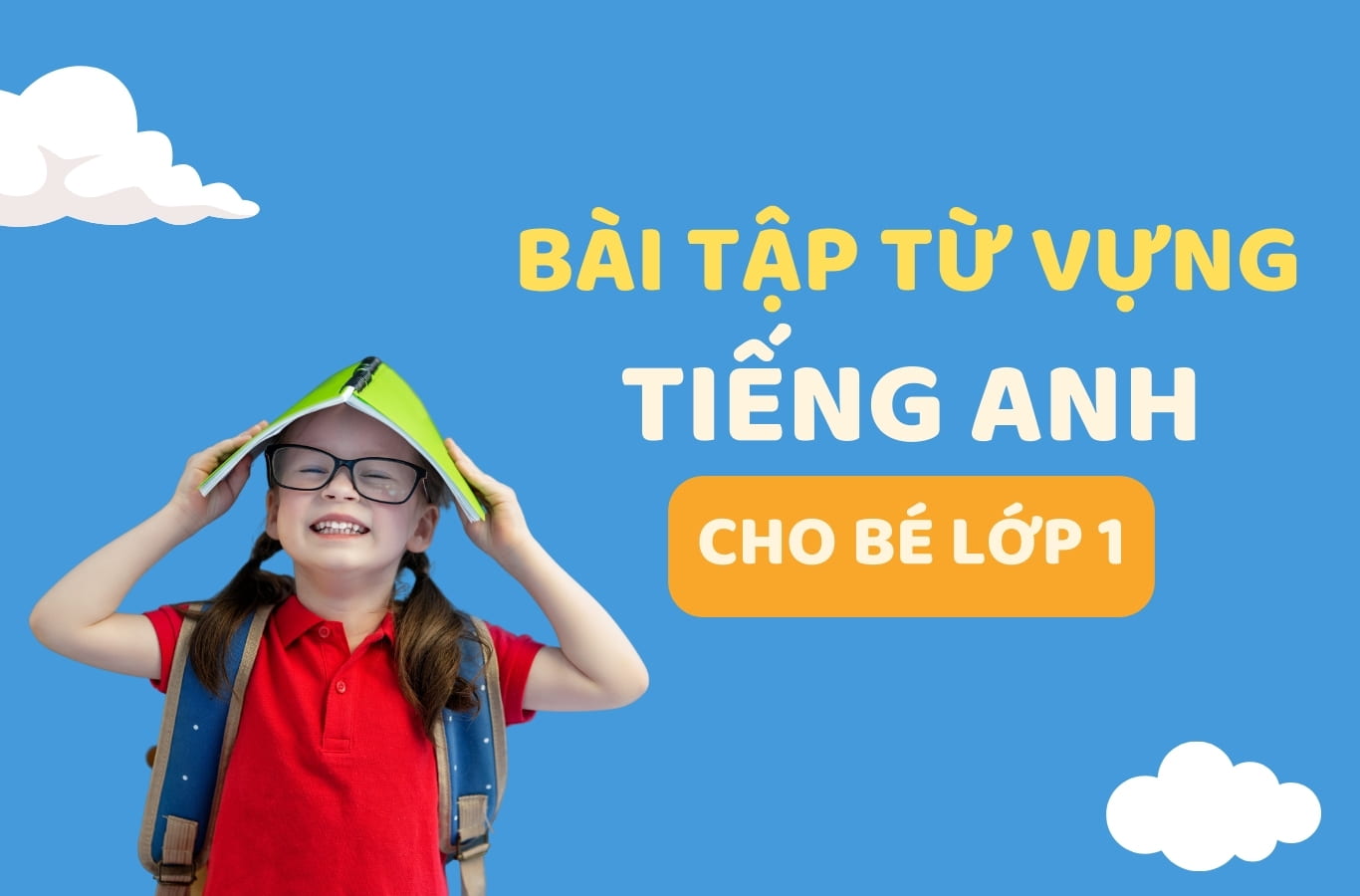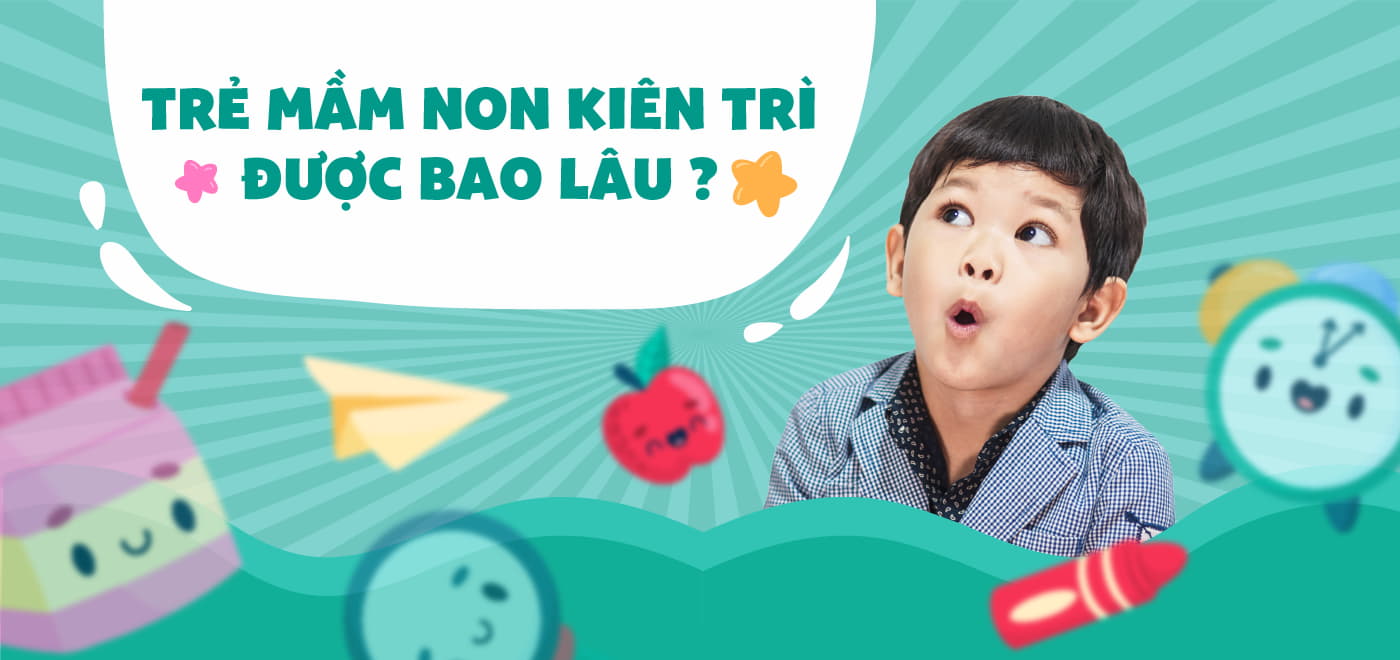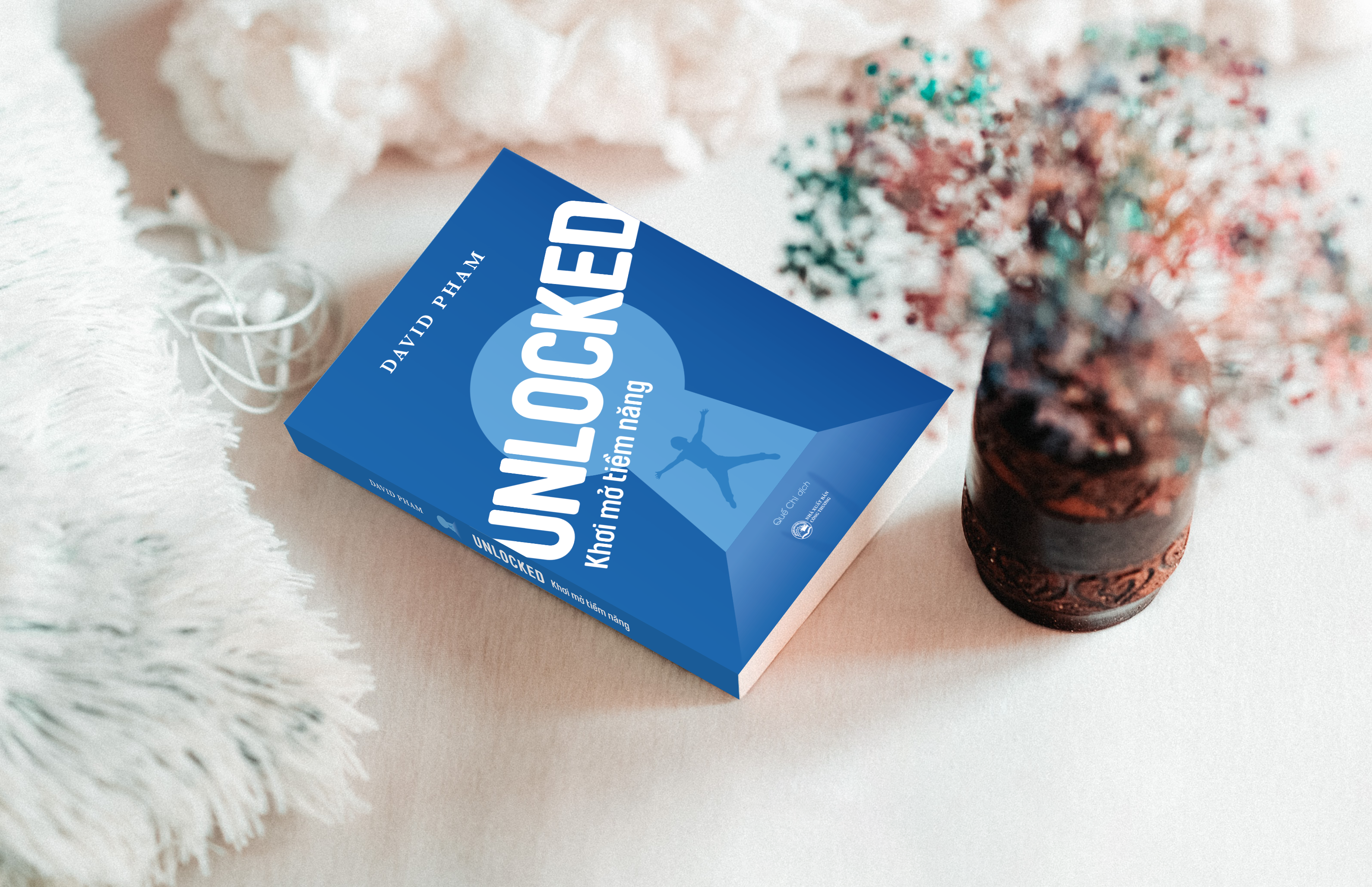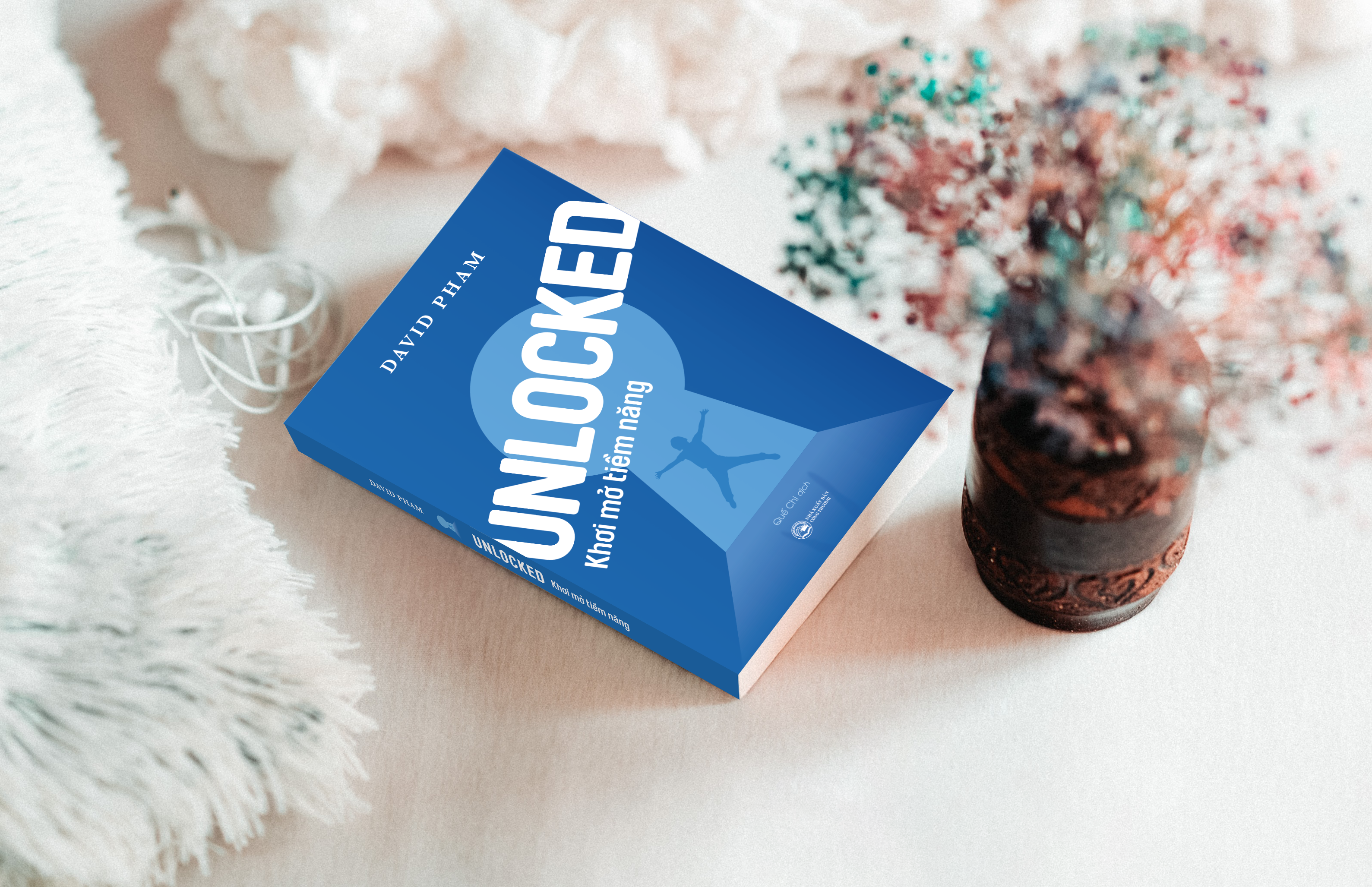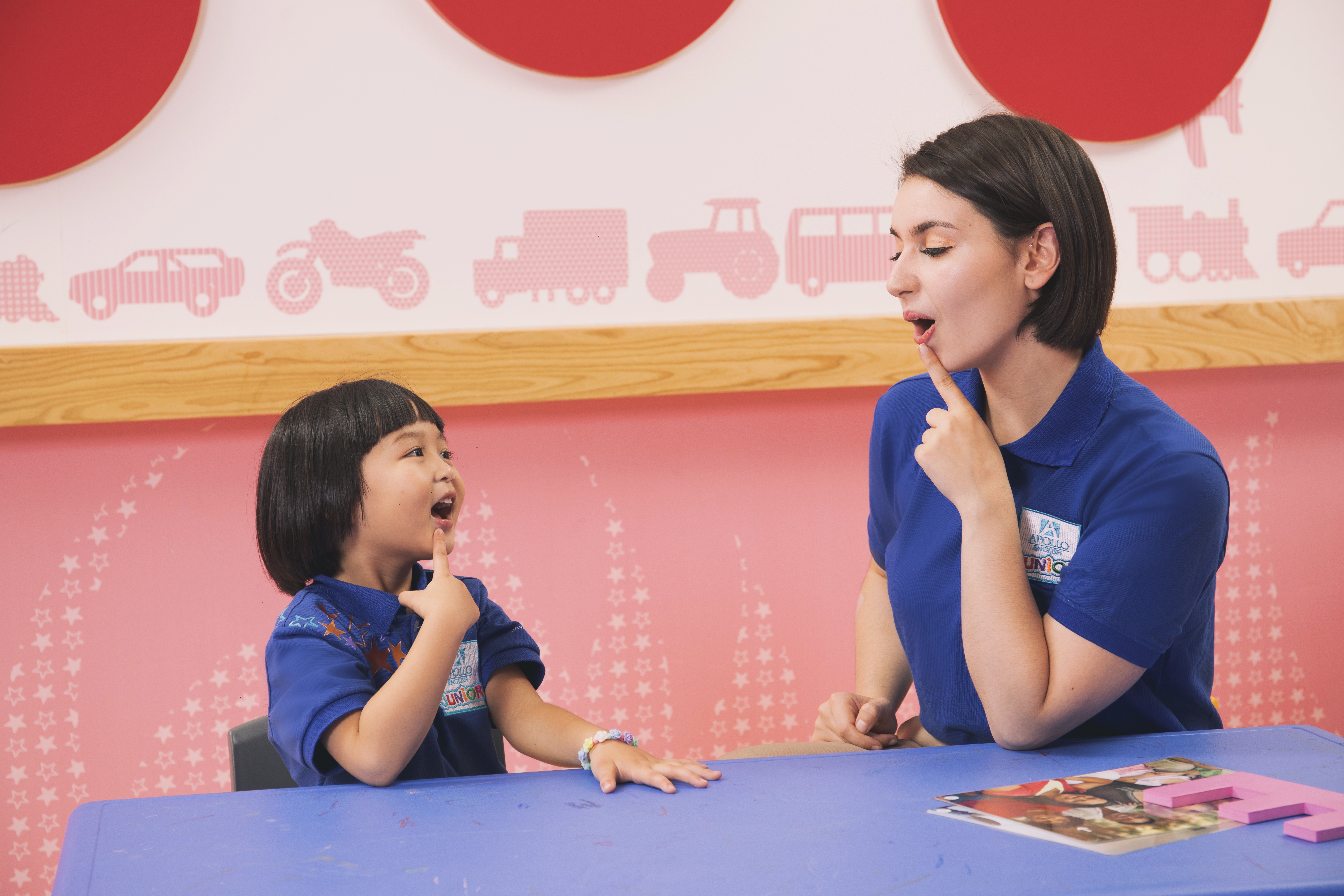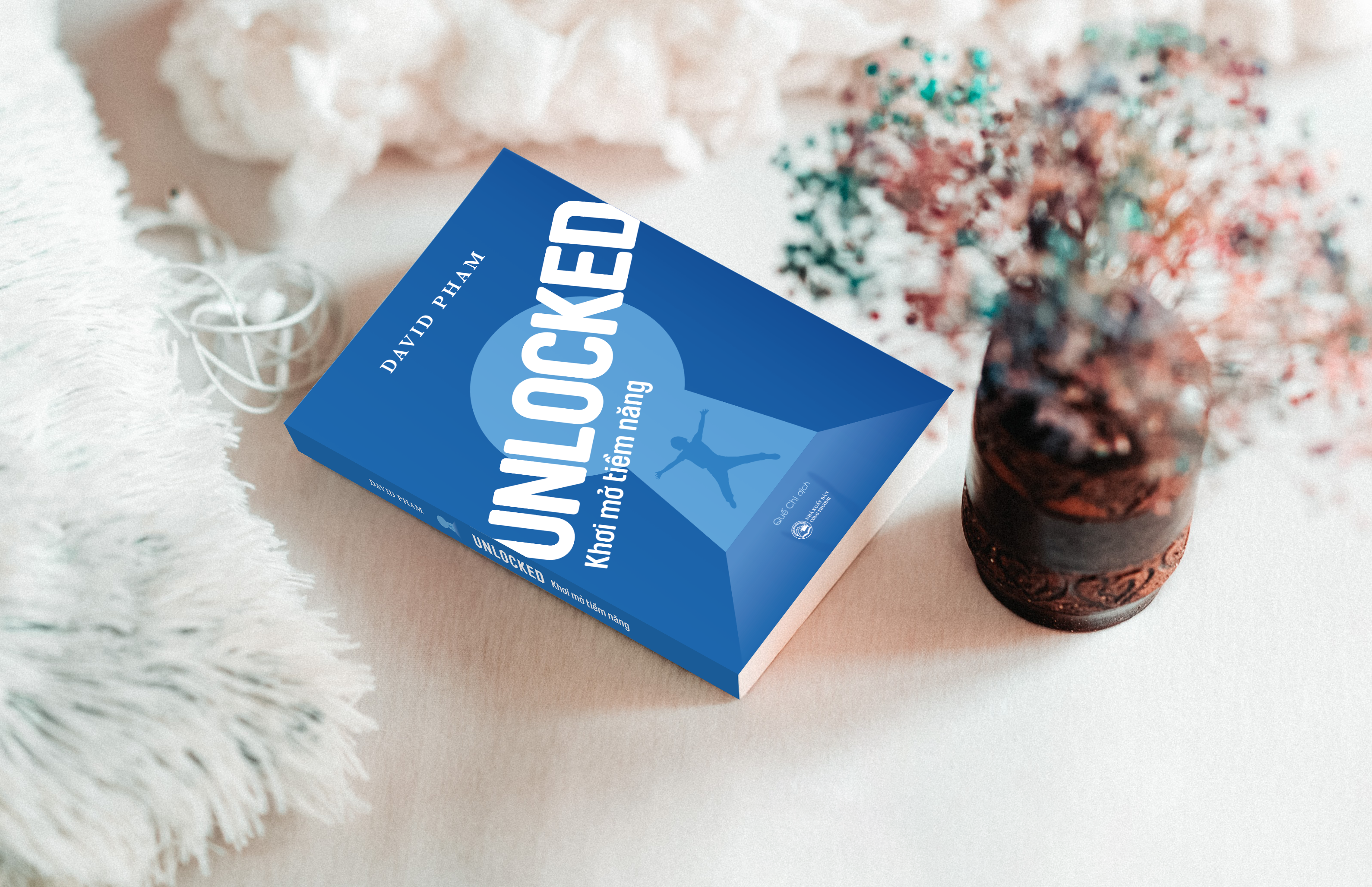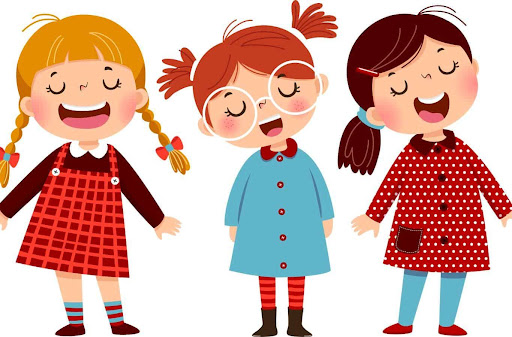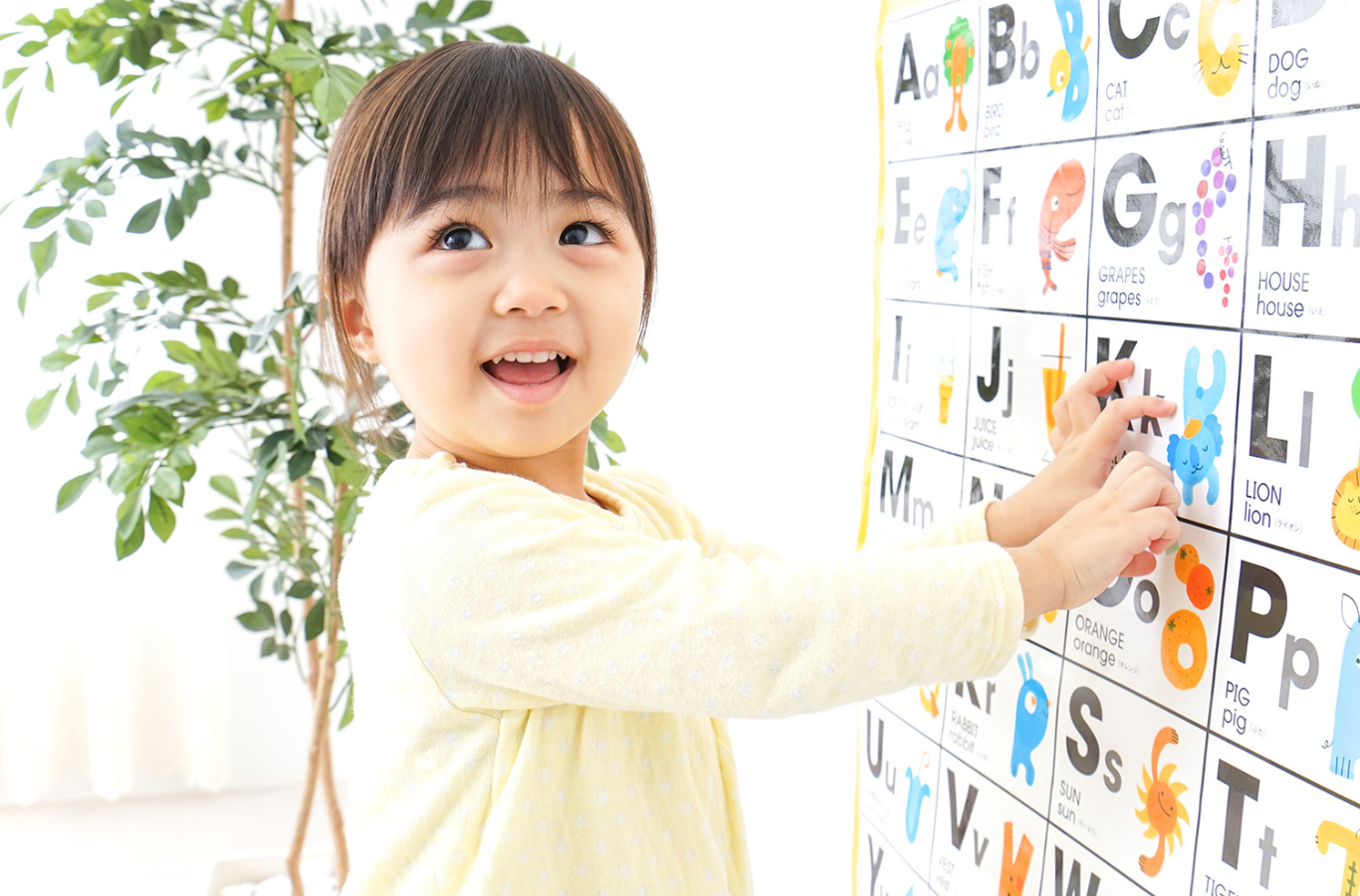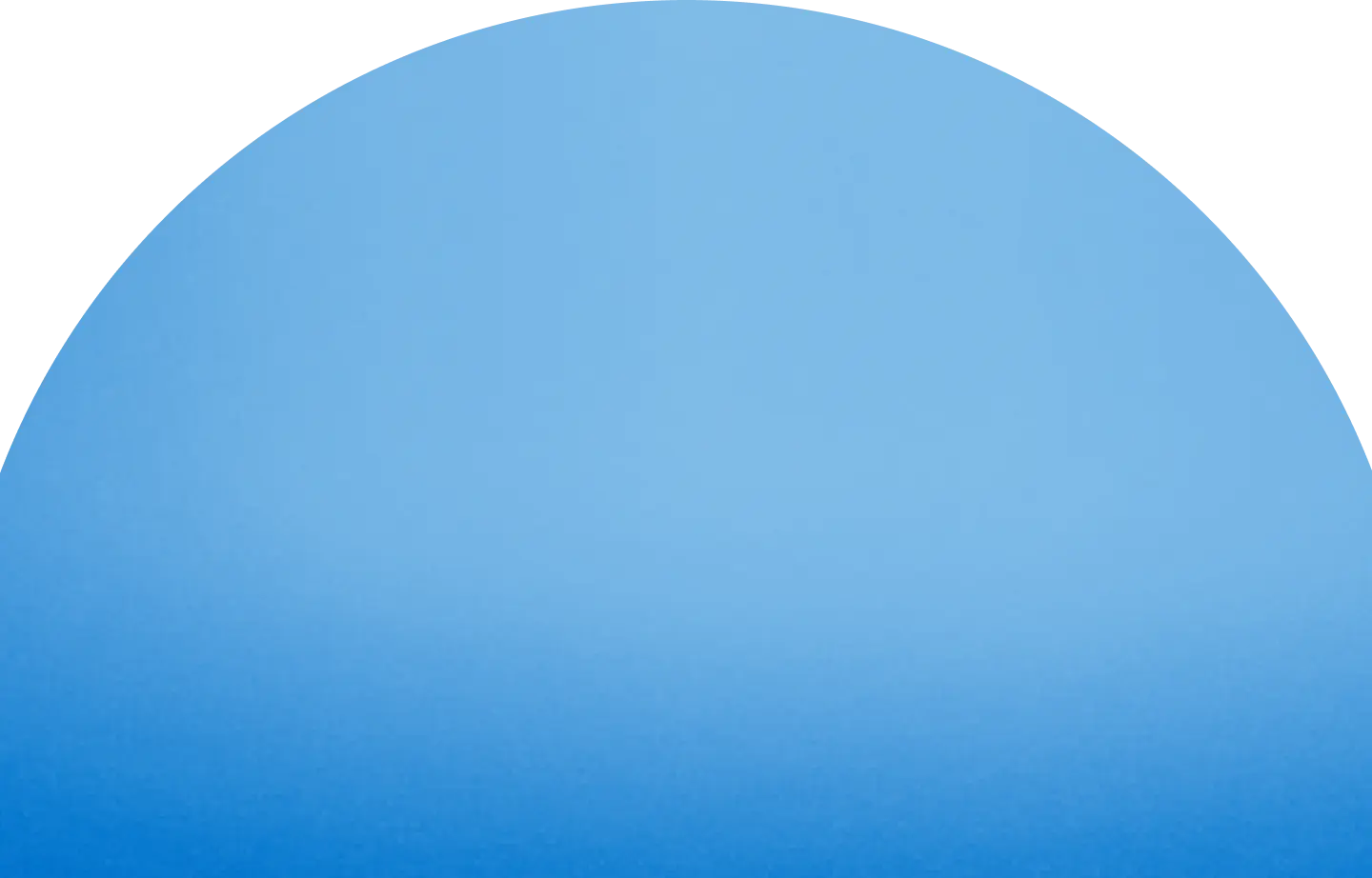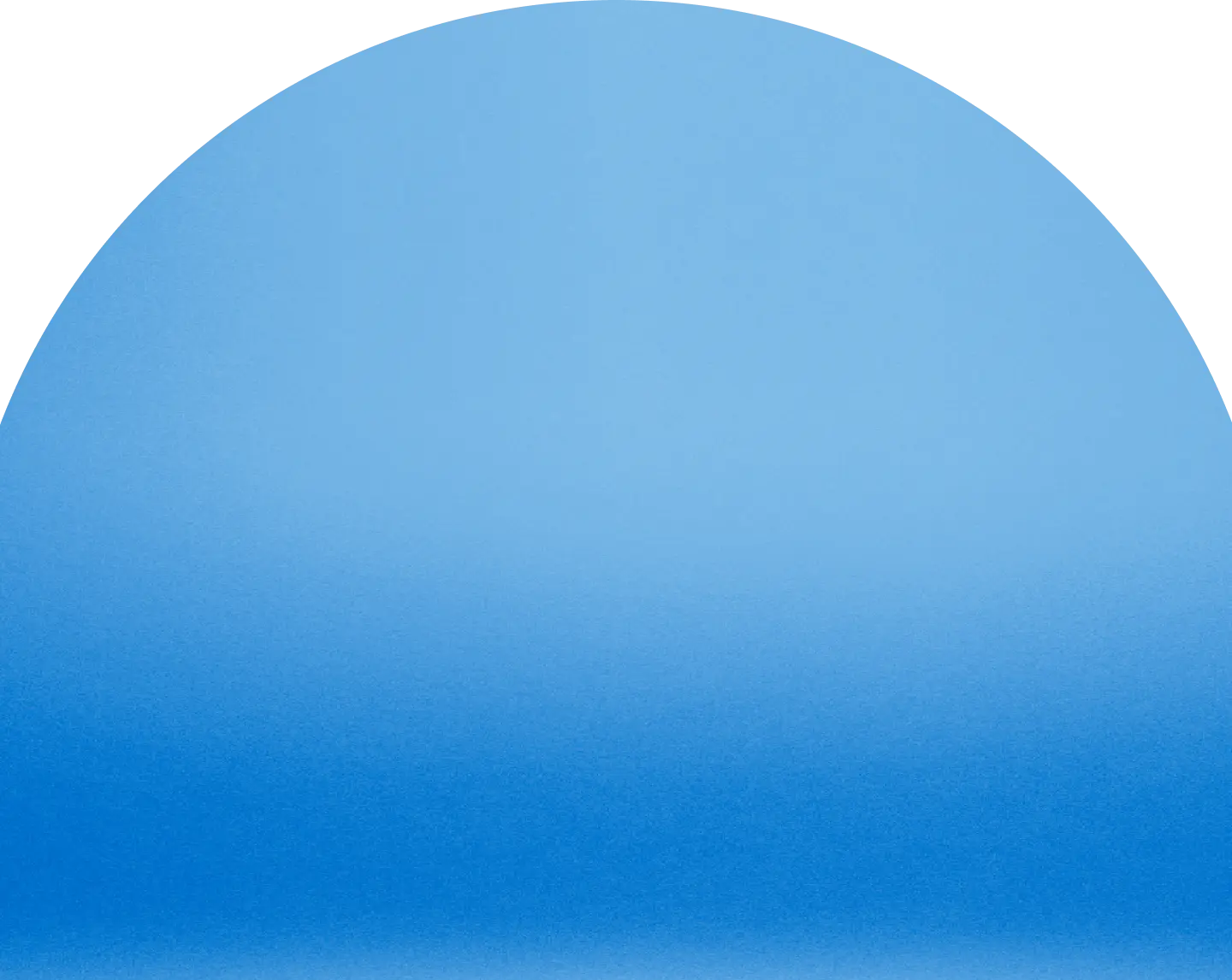CHAPTER 13: GET INSPIRED
Please try to spend 15 mins brainstorming for yourself, try to answer these questions before reading:
1. How would an ideal school look like?
2. What would students do in that school?
Space for your notes:
.............................................................................................................................................................................................................................................................................................................................…
.............................................................................................................................................................................................................................................................................................................................…
.............................................................................................................................................................................................................................................................................................................................…
.............................................................................................................................................................................................................................................................................................................................…
Does all learning have to happen inside the classroom? Do all students have to follow the same timetable? Does knowledge have to be provided only by teachers? Do teachers have to be in front of the classroom?
More and more schools are trying new approaches, seeing positive results when providing students with nontraditional learning experiences, where knowledge can be shared from peers, teachers can be on the sidelines of the classroom, students can learn while traveling the world, or each student can have a different learning playlist.
Listing the most innovative schools is not easy as there will always be ones producing amazing results and students but just don’t have enough media exposure to be known to the world. Moreover, many schools with new, unique approaches are set to be established in the coming decade. With this in mind, I have compiled a comprehensive list and explanation of some of the superstar schools and curricula currently available internationally. I also hope readers will contact me to nominate a school they believe is excelling in education, as it will be my pleasure to add those schools to the list for the next edition of this book.
BIG PICTURE LEARNING
According to Business Insider, the network of Big Picture Learning (BPL) schools are among some of the most innovative schools in the world (Weller, 2016). The schools are spread across the US and many countries globally. The curric- ulum prioritizes passion projects, which accompany students throughout their K–12 journeys. Students are also paired up with mentors who work in the fields the students plan to enter in the future. To collect real-world experiences, each student attends an internship in a real institution or company that is relevant to the topic of the student’s passion project.
In the school, students are divided into small groups, called an advisory. Each advisory is supported and led by an advi- sor to personalize their learning by identifying interests, figuring out how they learn best, and what motivates them. Big Picture Learning framework also received praise from influential people such as Clayton Christensen, a Harvard Business School professor and author of many books related to innovation, as well as global leaders like Bill Gates and Barack Obama (NEXT School, 2016).
Big Picture Learning is gradually being implemented in countries outside of the US, including Kenya. In an inter- view with the Big Picture Learning organization, a student in Kenya named Barlin Muteyo, an eleventh grader, shared that her project during the year 2020 was about the COVID- 19 pandemic. Ms. Muteyo said, “The goal of my project was creating awareness to the elderly and also to the people who live around them and to give out basic supplies that they need.” She conducted real interviews, did research, and monitored the progress in her community (BPLearning, 2020).
Real-world projects that students can choose to pursue are beneficial in every country and every community. In developing countries like Kenya, because of lack of resources, the con- tributions from students are even more valuable, as they have the power to make a huge positive impact in the neighborhood they live in. By working on real projects that bring lasting change to residents, students also gain confidence, learn to become project managers, improve their problem-solving skills, and truly apply the knowledge learned from school.
THINK GLOBAL SCHOOL
The school selected three years in a row by HundrED, a non- governmental organization seeking and sharing inspiring innovations in K–12 education, is the THINK Global School where high school students spend each school year in four different countries. It is like a “traveling” high school, where students live and learn all around the world. The school believes that by combining academic study with cultural immersion in a local community, students gain a connection to the world that will drive them to improve it. The school boasts examples such as studying biology in four diverse environments a year (cataloging the sea life observed while scuba diving off the Great Barrier Reef), reading authors in their native lands (reading Homer as you trace Odysseus’ journey through Greece), or discussing philosophy where the very concept of philosophy was born, students gain memorable experiences in this place-based learning model (HundrED, n.d.).
During three years of study, students will go to ten countries in total, spread out between five continents. Countries can include Botswana, India, Japan, China, Oman, Panama, Bosnia and Herzegovina, Australia, Chile, and Greece. Each school year, students visit three new countries, always ending the school year in Greece, making it four countries per year. The school year is designed in the way that students have four cycles, each one involving one week of online learning, followed by eight weeks of on-site learning, followed by five weeks of break. There are no summer holidays. However, students have twenty weeks of break in total, to digest what they have learned and spend time with family and friends (THINK Global School, n.d.).
Pauli Cendoya and Tiana Seger, both students from THINK Global School, shared in an interview with a school representative that the biggest challenge they had when starting school was leaving their family and going out into the world by themselves with a complete group of strangers (THINK Global School, 2018). But, one of the things the whole experience taught them is to question and challenge their inherent beliefs (THINK Global School, 2017). By visiting places completely different from a student’s own and meeting people from totally different cultures, students develop the ability to communicate and collaborate internationally. This carries over into their lives. They think deeper with everything they do and are more prepared to work with colleagues worldwide.
BLENDED LEARNING SCHOOLS
KIPP (Knowledge is Power Program) Public Charter Schools, Navigator Schools, and Summit Public Schools in the US, all were featured as protagonist schools in a free blended learning course on Coursera called Blended Learning: Personalizing Education for Students. The course is led by Brian Green- berg, Rob Schwartz, and Michael B. Horn and is developed by New Teacher Center, Silicon Schools Fund, and Clayton Christensen Institute (all three institutions focus on innova- tions in education). In all of those schools, students engage actively in designing their learning process and have a lot of autonomy during the day at school. KIPP schools specialize in the “Station rotation” model of blended learning, where students rotate between stations in the same classroom, while Navigator Schools focus on “Lab rotation,” where students rotate between different traditional classrooms and a learn- ing lab filled with computers. Summit schools work with the “Flex” model of blended learning, where the central space is equipped with computers, and then there are many breakout rooms, where students can work in small groups or interact with teachers. Teachers are therefore not in front of the class- room, but on the side to support when a student needs it.
Dropping students into a blended learning setting where they have to study alone, where they just come to school and are free to work on their own with a tablet does not always work well. Many students might not be used to working in that style. Therefore, Mrs. Caitlin Travaille, a teacher from Navigator schools, shared that the school allocates two weeks at the beginning of the school year just to train students to be more independent, without teaching any content (New Teacher Center, n.d.).
There are many models of blended learning, and schools can choose the model which suits them best. It takes time to train students to take ownership of their learning, but once they become self-sufficient, school begins to hold more meaning.
KHAN LAB SCHOOL
One more way to give students autonomy is through the mastery learning concept. In the mastery learning environment, students learn one topic until they are able to understand it thoroughly. There are frequent quizzes, instead of one-time tests, to help students identify gaps in knowledge. Students move through topics at their own pace and fill the gaps in knowledge before they move on to more advanced topics.
As Sal Khan speaks a lot about the concept of mastery-based learning, he is also working on applying that concept in his school called Khan Lab School. The motto of the school is “Everyone’s a teacher. Everyone’s a student.” Meaning that teachers are no longer the only source of information (KLS, n.d.). Teachers learn from students and vice-versa or students can learn from each other. Instead of having a teacher explain a new topic, students can give a class presentation. Instead of learning only from books, students can ask one another. If a student is stuck on a problem, they can watch a tutorial video, search online, ask the teacher, or ask peers.
The school has various “labs” depending on the activity students are engaged in. There is the “Make” lab, where kids can design, build, and prototype. The “Ideate” lab, for brain- storming, or the “Chat” lab, useful for discussing ideas and working through problems aloud (Weller, 2017).
The Khan Lab School also divides students into mixed-aged classes, called Independence Levels (IL). For instance, in the IL 1, there are students from kindergarten age to grade 1 age. In IL 2, we would see students that normally go to grade 2 or grade 3. The highest Independence Level is 7, with students attending grades 11 and 12 in the traditional model. In every IL, students are encouraged to collaborate with one another and provide each other support, which is exactly what the school motto is about (KLS, n.d.).
BRIGHTWORKS
The next school, Brightworks, is a school where children can do exactly what their parents usually tell them not to do. Kids in grades K–12 get dirty, play with fire, or take apart home appliances (Weller, 2016). At this school, students explore ideas and pursue their interests through a structure called an “Arc.” Each arc has a central theme, which is explored from multiple perspectives. Students interact with this theme in three different phases, called exploration, expression, and exposition (Pegg, n.d.). In answer to a personal email from October 2021, Justine Macauley, Brightworks Admissions Director, shared that the themes are chosen by the school based on students’ interests as well as what might be going on in the outside world.
As an example, we can say a student named Simon wants the concept of wind to be his theme. Simon can explore wind power, meteorology, flight, and art as different perspectives through which to understand the idea of wind. Simon then finds, connects to, and networks with experts in these fields. After that, he gets tools and materials from the school to experiment on his own, such as flying kites or building tur- bines. He explores the power of the wind via his curiosity before stating which concrete project he wants to work on.
Then comes the next phase, where Simon will have to complete the project, which he chooses to work on, within the timeframe of the arc. Simon might then build boats and sail them or create a work of art that visualizes tornadoes. In the final phase, when the deadline has been reached, Simon would present his work to the public. During the whole process of working on an arc, Simon documents his work in a detailed portfolio that acts as both the resume and transcript.
A year at Brightworks consists of three arcs in succession, interspersed with different field trips. There aren’t tests and grades. The evidence of students’ growth and learning is shown through the portfolio, which reveals the process of learning (Brightworks, n.d.).
ØRESTAD GYMNASIUM
If you ever imagined a school without classrooms, there is a high school like that operating already. It is located in the capital city of Denmark, called Ørestad Gymnasium. The school has no classrooms, so students study in an open environment where all teaching materials are digital (Ørestad Gymnasium, n.d.).
The design of the school displays an interpretation of openness and flexibility regarding team sizes, varying from the individual over groups to classes and assemblies, and reflects tendencies aiming at achieving a more dynamic and lifelike studying environment and introducing IT as the main tool (Architonic, n.d.).
The school aims to innovate around the concept of teaching where students are regarded as active producers rather than consumers of knowledge and wants to give students a natural desire to learn - not only in school but also in all parts of their lives. Therefore, teachers try to stimulate academic and practical curiosity. As the building is one huge classroom, students feel part of one big community, where they learn to respect each other. For example, if a student is too loud, it disturbs the entire school, so the design of the building helps create an atmosphere where students’ behavior reflects mutual consideration for one another (Ashoka, n.d.).
Anders Hassing is a teacher at the Ørestad Gymnasium school and Cecilie Larsen is one of the students at the school. In an interview with Denmarkdotdk, Mr. Hassing said, “The building is one giant transparent room where everybody can see what everybody is doing.” Mr. Hassing prepares and presents everything online, so he doesn’t need to teach with a blackboard. He adds, “I’m free to help the students and act as a coach and consultant.” Cecilie Larsen further shared that students in the school have to take responsibility for their learning which is a pretty big deal for students when they start going to a school like this (Den- markdotdk, 2013).
I believe this environment creates a natural pressure to learn. Seeing everyone studying, I would feel embarrassed if I didn’t do anything for a longer period of time.
CONNECTING THE DOTS
As we can see, there are many amazing examples all around the world and the list is not even complete yet. The future looks promising. If we can spread and share innovative practices from one school to another, if schools can partner and collaborate to apply the most effective methods of learning, then the next generations will look forward to going to school.
There are innovative methods that give students more ownership of their learning and make them connect the dots by applying theoretical knowledge in practice, in the real world. Schools like Brightworks, Think Global, or Big Picture Learning, all follow these principles. Moreover, looking at the Ørestad Gymnasium, we can see that the design of the school may also help students gain a different perspective in learning, which doesn’t necessarily have to happen only in closed classrooms.
Giving students more autonomy also means giving them more responsibility, which can be a way to help them dis- cover their life mission before they graduate and build on their interests and strengths in a real-life setting.
______________________________________________0o0______________________________________________
CONCLUSION
MOVING FORWARD
I have a dream. My dream is to be able to witness an education system without stressful tests, meaningless homework, memorization of facts, and wasting time learning inauthentic content, which students forget straightaway. I hope to live until the day every student’s education is personalized and on demand, that by the time students leave school, they will have found their uniqueness, their strengths, their passions, and their niche in society.
We need to help students fall in love with learning. We need to encourage students to constantly learn throughout their lives. When things get tough or when students fail, we need to give them the support to get back up and perceive the failure as a learning opportunity.
At home, parents need to practice letting children ask questions, try new things, and allow room for mistakes. When children make mistakes, instead of scolding them, parents can help them discover the reasons for the mistake and how to prevent similar mistakes from happening again. While those mistakes may initially be seen as negative, overcoming and reevaluating a situation can also be turned into character, grit, and life skills that will accompany individuals well into the future.
For years and decades to come, the job market will be rapidly changing and shifting. I hope we can train our children and retrain our current workforce to adjust to the time - but the only way to accomplish this upgrade is through the promotion and continued introduction of technology into education. It will take all stakeholders to spearhead this effort. To begin, we need to focus on teaching tailored skills instead of knowledge. Knowledge is readily accessible online, but skills take more nurturing. In today’s society, students will have to deal with extreme uncertainty and be able to constantly cope with situations or hardships that the world has never encountered before.
WHAT NEXT?
Now, you have finished reading this book. I hope, with the knowledge and tools shared, you can be an advocate or ambassador to accelerate changes in education. You can start by initiating discussions, sharing your own ideas, and the ideas from this book with people around you as well as people in your community. Thank you for being willing to go on this journey of change.
You have learned from me, and I also want to learn from you! As there are many schools and many EdTech companies out there doing amazing things to innovate education, I would like to get your recommendations of any innovation worth mentioning. I will include them in the next edition of the book. To do so, you can easily connect with me on major social media channels under @unlockedbydp. Your suggestions will be much appreciated.
Let’s do this together! Let’s change education to help the next generations unlock their full potential!
DAVID PHAM
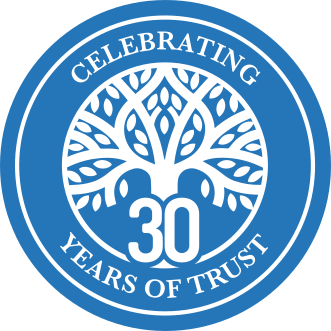

 English
English
 Tiếng Việt
Tiếng Việt



 Trung tâm Anh ngữ Apollo Việt Nam
Trung tâm Anh ngữ Apollo Việt Nam

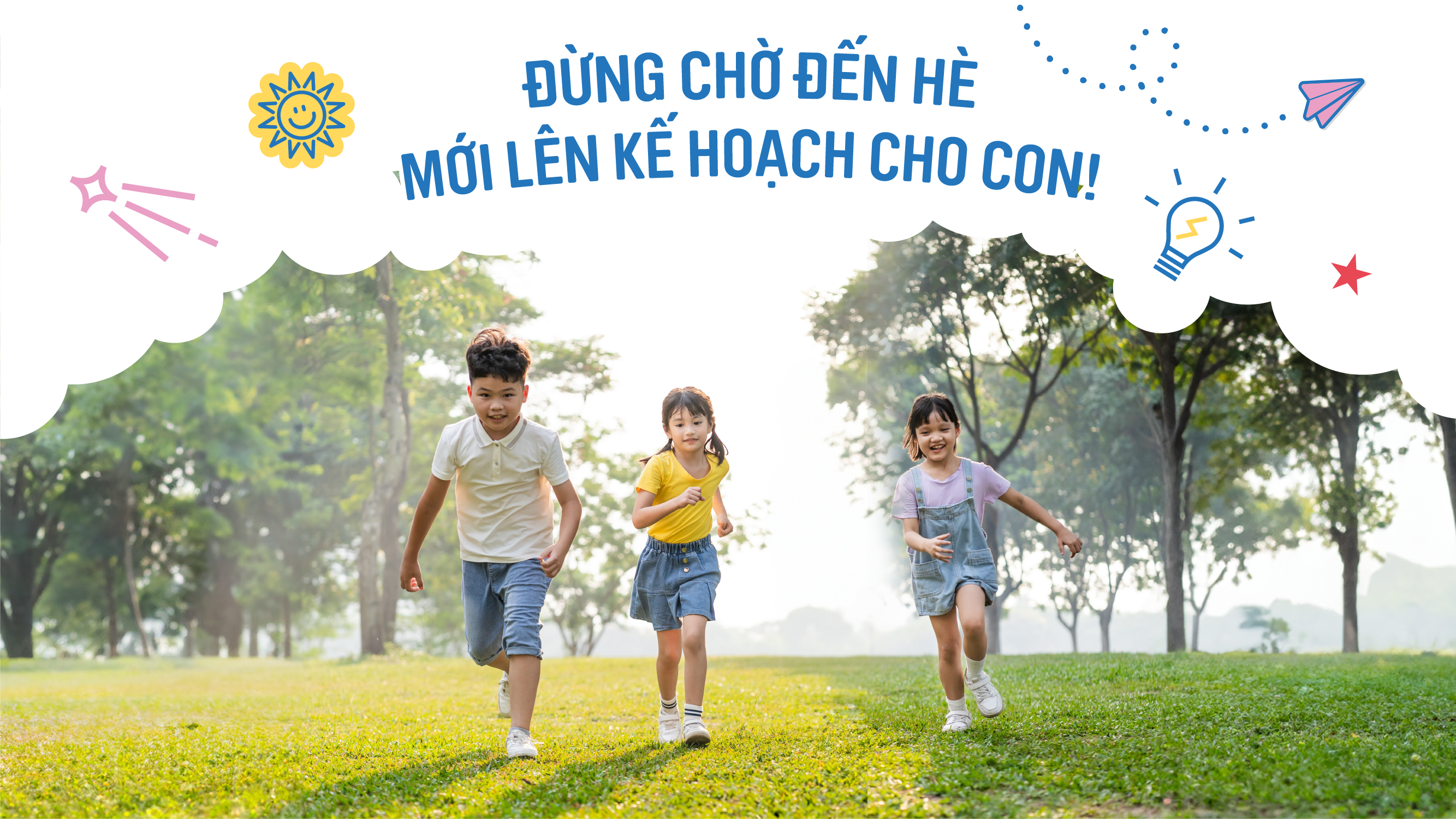

-miLvgkuA1rT13CGj.jpg)
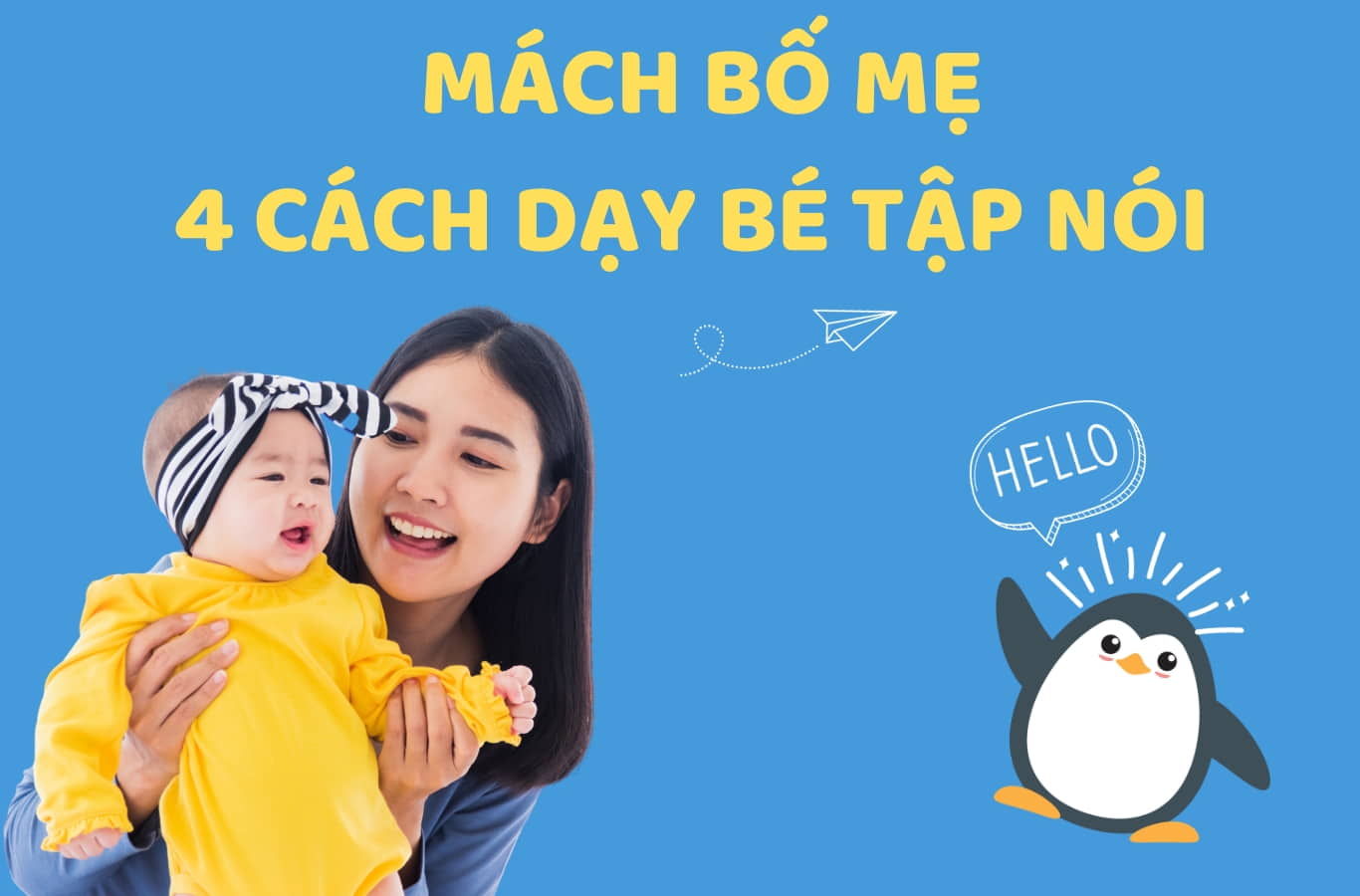

![350+ TỪ VỰNG TIẾNG ANH CHO BÉ THEO NHỮNG CHỦ ĐỀ QUEN THUỘC NHẤT [KÈM FLASHCARD]](/attachments/2023/12/tu-vung-tieng-anh-cho-be-M4HEgr4fSYlmqYF3.jpg)
